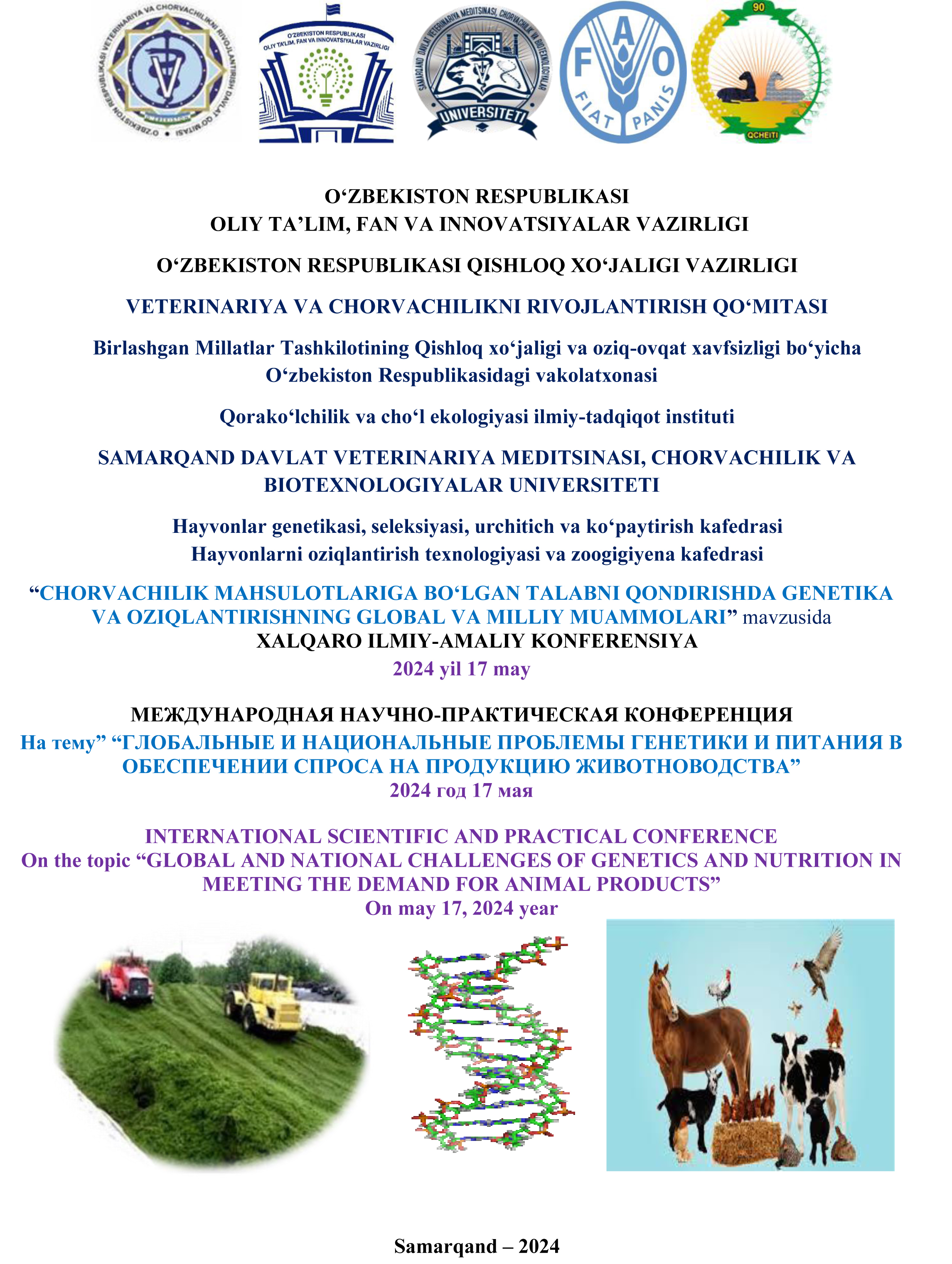PHYLOGEOGRAPHY REVEALS GEOGRAPHIC AND ENVIRONMENTAL FACTORS DRIVING GENETIC DIFFERENTIATION OF POPULUS SECT. TURANGA IN NORTHWEST CHINA
Keywords:
Populus euphratica, Populus pruinosa, population structure, genetic diversity, geographical and environmental factorsAbstract
Populus sect. Turanga (hereafter referred to as “Populus”), including Populus euphratica and Populus pruinosa, are the predominant tree species in desert riparian forests in northwestern China. These trees play key roles in maintaining ecosystem balance, curbing desertification, and protecting biodiversity. However, the distribution area of Populus forests has been severely diminished and degraded in recent years due to increased habitat destruction and human activity. Understanding the genetic diversity among Populus individuals and populations is essential for designing conservation strategies, but comprehensive studies of their genetic diversity in northwest China are lacking. Here, we assessed the population structures and genetic diversity of 1,620 samples from 85 natural populations of Populus (59 P. euphratica and 26 P. pruinosa populations) covering all of northwestern China using 120 SNP markers. Analysis of population structure revealed significant differentiation between these two-sister species and indicated that strong geographical distribution patterns, a geographical barrier, and environmental heterogeneity shaped the extant genetic patterns of Populus. Both P. euphratica and P. pruinosa populations in southern Xinjiang had higher genetic diversity than populations in other clades, perhaps contributing to local geographic structure and strong gene flow. Analysis of molecular variance (AMOVA) identified 15% variance among and 85% variance within subpopulations. Mantel tests suggested that the genetic variation among P. euphratica and P. pruinosa populations could be explained by both geographical and environmental distance. The genetic diversity of P. euphratica showed a significant negative correlation with latitude and longitude and a positive correlation with various environmental factors, such as precipitation of warmest quarter and driest month, temperature seasonality, and annual mean temperature. These findings provide insights into how the genetic differentiation of endangered Populus species was driven by geographical and environmental factors, which should be helpful for designing strategies to protect these genetic resources in the future.










